Bearded dragons have become increasingly popular pets, known for their docile nature and unique personalities. Unlike some reptiles that prefer solitude, these fascinating creatures can form meaningful connections with their human caretakers. Building a bond with your bearded dragon not only enriches your experience as a pet owner but also contributes significantly to your reptile’s mental well-being and overall quality of life. The process requires patience and understanding, but the reward—a responsive, trusting companion—is well worth the effort. This guide will walk you through seven proven steps to establish and strengthen your relationship with your scaly friend, turning routine care into opportunities for meaningful interaction.
Understanding Bearded Dragon Behavior

Before attempting to bond with your bearded dragon, it’s essential to understand their natural behaviors and communication signals. Bearded dragons are relatively expressive reptiles that use body language to convey their emotions and needs. A relaxed dragon will typically have a flat beard, normal coloration, and may even close their eyes in your presence—a sign of trust. Stress indicators include puffing of the beard, darkening coloration, hissing, or attempting to run away. Learning to recognize these signals helps you gauge when your dragon is comfortable with interaction versus when they need space. Remember that bearded dragons are diurnal creatures with distinct activity patterns, typically being most receptive to handling and interaction during their active morning and afternoon hours.
Step 1: Create a Proper Habitat

The foundation of a strong bond begins with providing an environment where your bearded dragon feels secure and comfortable. A stressed dragon focused on survival will not be receptive to bonding attempts. Ensure your vivarium is appropriately sized—at least 40 gallons for an adult—with proper temperature gradients ranging from 75-85°F on the cool side to a basking spot of 95-105°F. Include UVB lighting, which is crucial for vitamin D3 synthesis and calcium metabolism, directly affecting your pet’s health and activity levels. Furnish the enclosure with climbing branches, hiding spots, and appropriate substrate to encourage natural behaviors. When your dragon’s basic needs are consistently met, they develop a sense of security that makes them more open to positive interactions with you.
Step 2: Establish a Feeding Routine
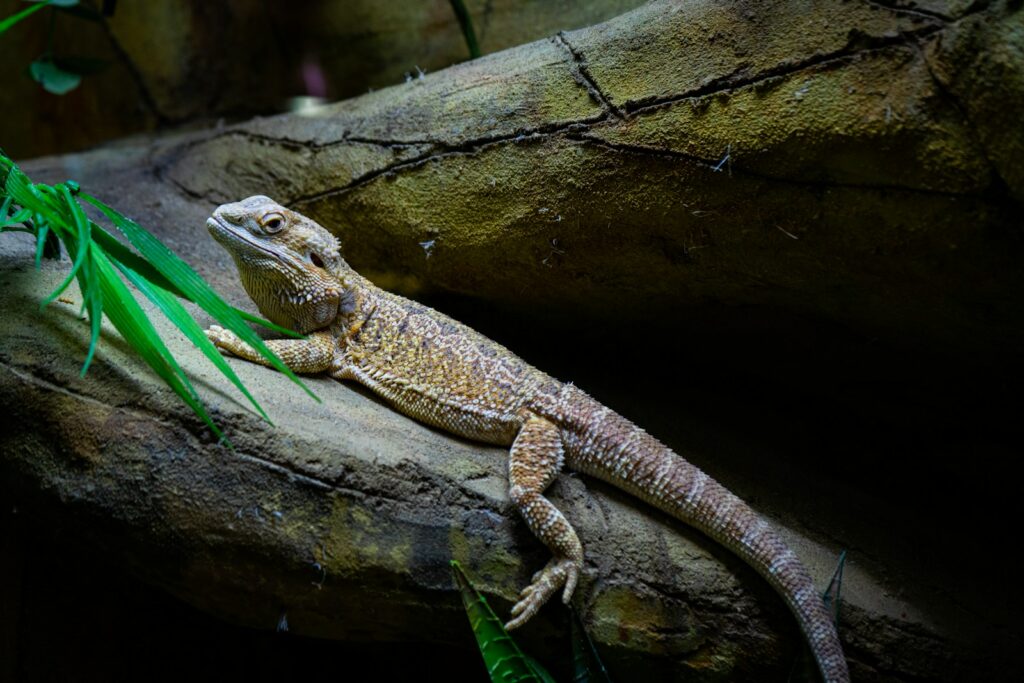
Food is a powerful motivator for bearded dragons and offers an excellent opportunity to establish positive associations with your presence. Create a consistent feeding schedule that your dragon can anticipate—adults typically eat once daily, while juveniles require more frequent feedings. Rather than simply leaving food in their enclosure, try hand-feeding occasionally, which helps your dragon connect you directly with positive experiences. Start with offering favorite treats like hornworms or small pieces of appropriate fruits from your fingers, gradually working up to regular staple insects. Always avoid sudden movements during feeding sessions, which can trigger their predator-avoidance instincts. With consistency, your bearded dragon will begin to associate your appearance with pleasant feeding experiences, eagerly anticipating your presence.
Step 3: Approach With Patience and Consistency
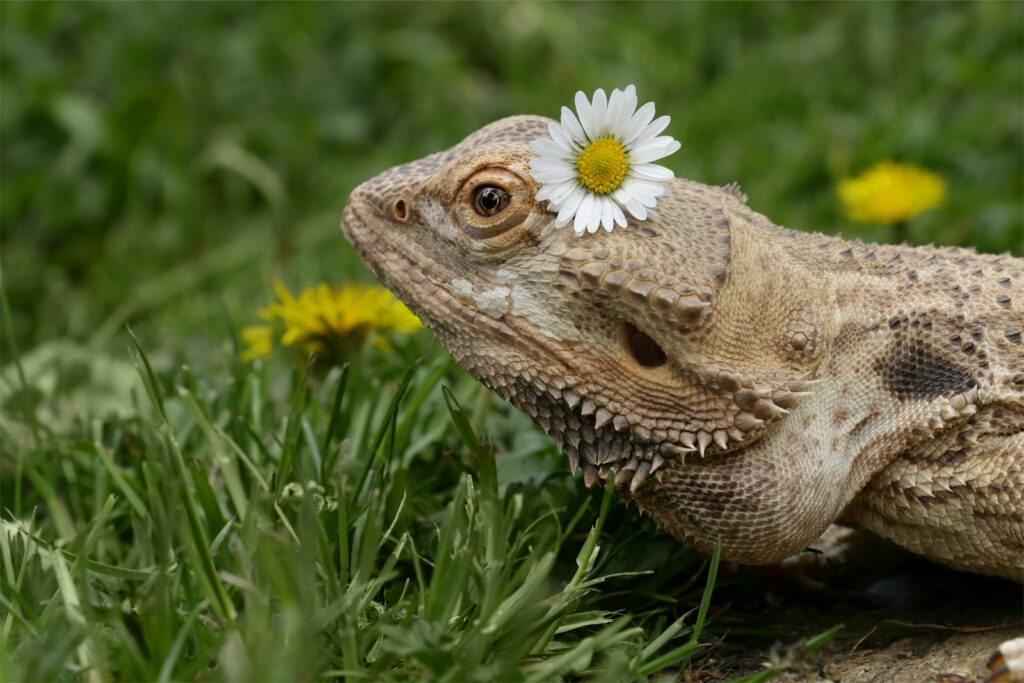
Bearded dragons respond best to slow, deliberate movements and predictable routines when building trust. Begin by simply spending time near their enclosure, allowing them to observe you going about normal activities without any pressure to interact. When approaching the vivarium, do so from the side rather than from above, as overhead approaches mimic predator movements and can trigger defensive responses. Speak softly around your dragon to accustom them to your voice—many owners report their dragons responding positively to specific tones or phrases over time. Consistency is key; short, positive daily interactions are far more effective than occasional lengthy sessions. Remember that each dragon has a unique personality and adaptation timeline—some may warm up within days, while more timid individuals might take weeks or even months.
Step 4: Master Proper Handling Techniques
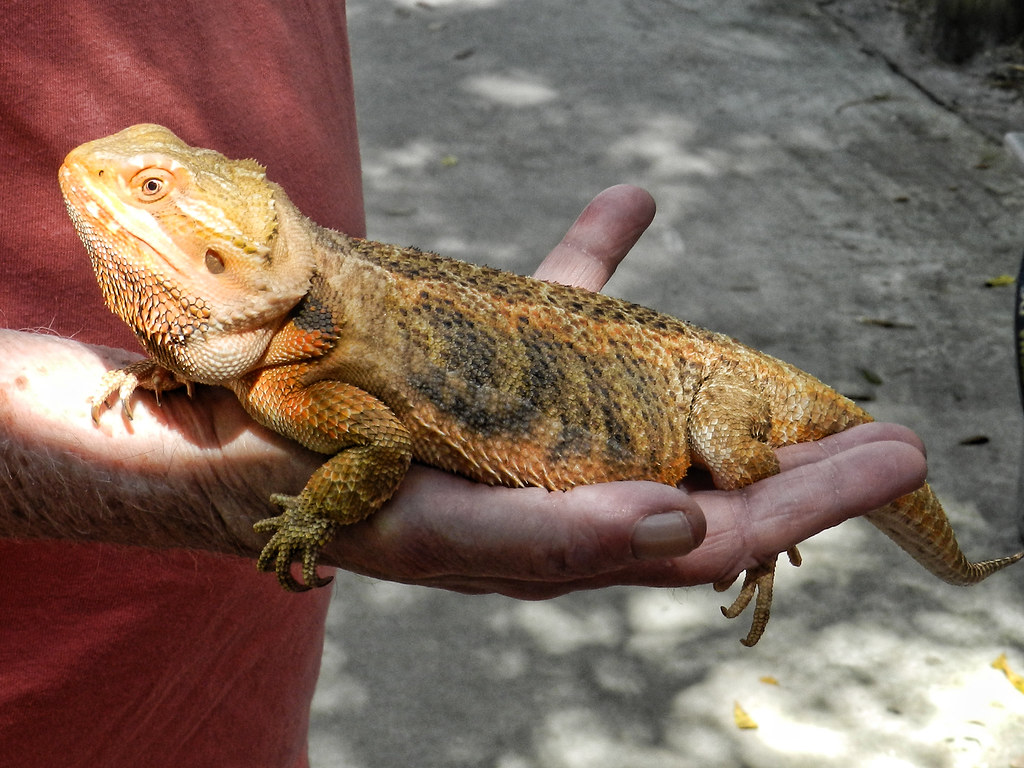
How you physically interact with your bearded dragon significantly impacts your bonding progress. Always begin by washing your hands to remove any food scents that might confuse your dragon or trigger feeding responses. When lifting your bearded dragon, support their full body, particularly their legs and tail, as unsupported limbs create a sensation of falling that induces stress. Instead of grabbing from above, slide your hand gently under their body from the side. Start with brief handling sessions of just 5-10 minutes, gradually increasing as your dragon displays comfort signals like relaxed posture and normal breathing patterns. Never force interaction if your dragon shows stress signs—respect their boundaries and try again later, as trust develops through consistent respect of their comfort levels.
Step 5: Provide Enrichment Opportunities
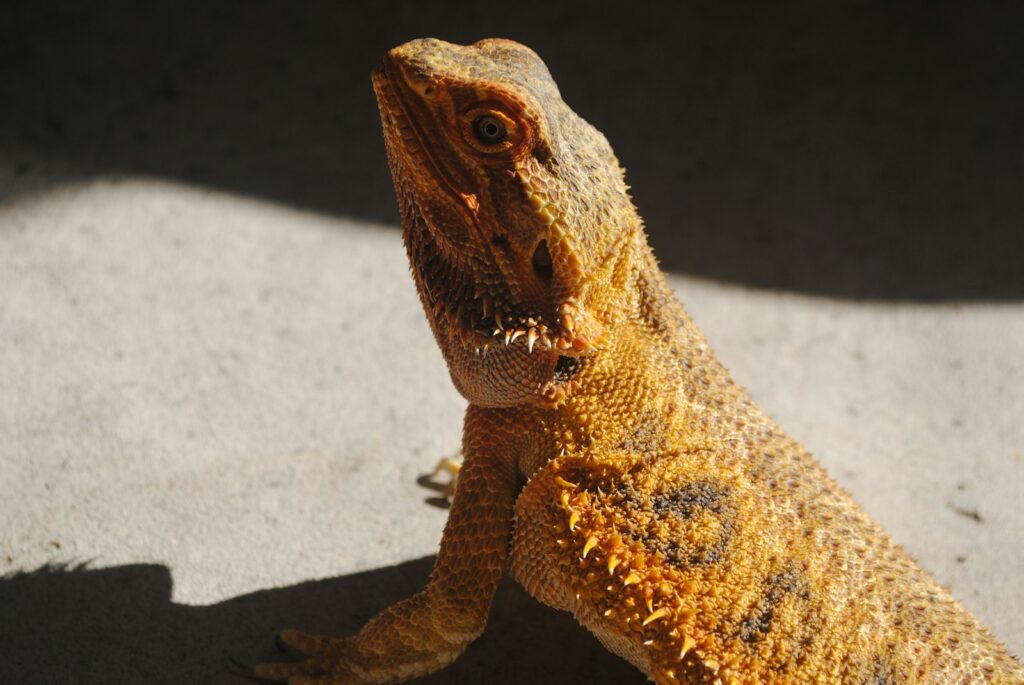
Bearded dragons are intelligent reptiles that benefit greatly from environmental stimulation and novel experiences. Create opportunities for exploration in a dragon-proofed room where they can safely roam under supervision for 20-30 minutes daily. This supervised free-roaming time not only provides physical exercise but also mental stimulation as they investigate new textures, sights, and smells. Consider providing sensory enrichment through different textured surfaces like soft blankets or rough rocks that they can choose to interact with. Some bearded dragons enjoy puzzle feeders that challenge them to work for treats, strengthening their problem-solving abilities. These enrichment activities create positive experiences associated with your presence and help prevent the behavioral issues that can develop from boredom and understimulation in captivity.
Step 6: Recognize and Respect Individual Preferences

Just as humans have unique personalities, bearded dragons display individual preferences that affect how they bond with their owners. Some dragons enjoy gentle stroking along their back or head, while others prefer being held in specific positions or exploring from the security of your shoulder. Pay close attention to your dragon’s body language during different interactions to identify what they enjoy versus merely tolerate. Some bearded dragons are naturally more outgoing and curious, readily accepting handling, while others maintain a more reserved demeanor even with appropriate socialization. Rather than forcing your dragon to conform to your expectations, adapt your approach to suit their personality and preferences, which builds trust through respecting their agency and individual nature.
Step 7: Create Positive Associations Through Rewards

Positive reinforcement is a powerful tool for strengthening your bond with your bearded dragon. When your dragon responds positively to handling or interaction, reward them with a favorite treat like a waxworm or small piece of fruit (offered sparingly as treats, not dietary staples). This creates a clear connection in their mind between social interaction and positive outcomes. Some dragons also respond well to gentle physical rewards like soft scratching under the chin or along the side of their mouth. Timing is crucial—the reward should come immediately after the desired behavior to create a clear association. Over time, this consistent positive reinforcement helps your dragon anticipate enjoyable experiences during your time together, making them more eager to engage and interact with you.
Signs Your Bearded Dragon Is Bonding With You

As your relationship develops, you’ll notice distinct behavioral changes indicating your bearded dragon recognizes and trusts you. A bonded dragon will often run to the front of their enclosure when you enter the room, displaying excitement at your presence. They may eagerly climb onto your hand when offered without hesitation or defensive posturing. One significant trust indicator is beard relaxation and eye-closing while being held, essentially making themselves vulnerable by letting their guard down in your presence. Many owners report their bonded dragons seeking physical contact, like leaning against their hand or neck for warmth. These behaviors demonstrate that your dragon not only recognizes you as a non-threat but actually derives comfort and positive experiences from your interaction.
Common Bonding Challenges
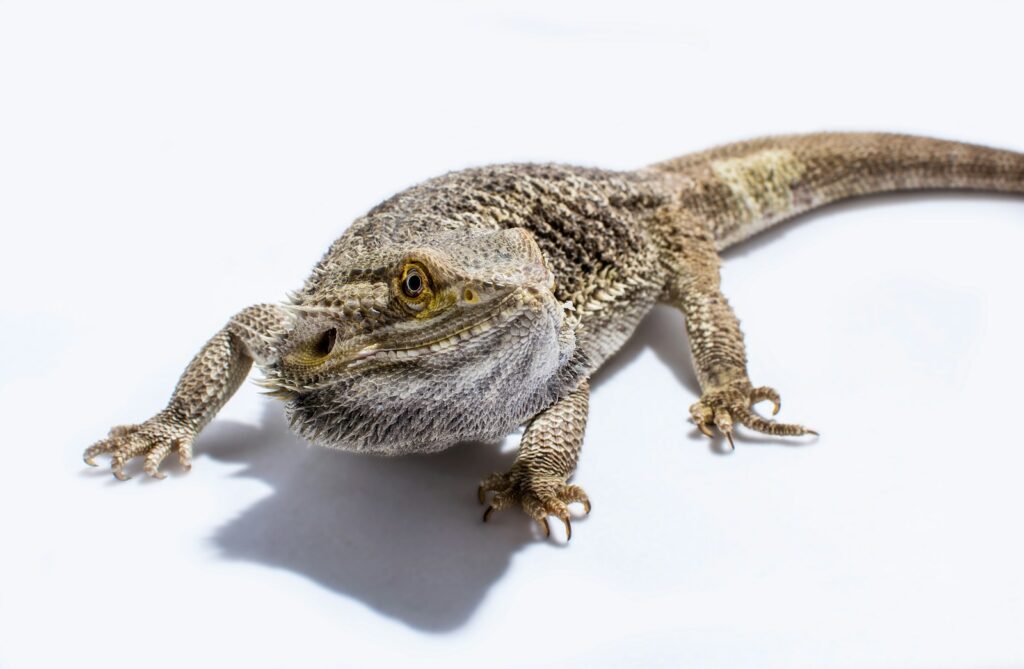
Even with appropriate techniques, you may encounter obstacles in the bonding process that require patience and problem-solving. Newly acquired dragons, particularly wild-caught specimens or those from stressful previous environments, often need extended adjustment periods before bonding becomes possible. Hormonal changes during breeding season can temporarily alter your dragon’s temperament, making them more territorial or irritable. Health issues frequently manifest as behavioral changes—a normally friendly dragon suddenly becoming withdrawn may be experiencing pain or illness requiring veterinary attention. Age also impacts bonding potential; hatchlings are naturally more skittish, juveniles are often energetic and explorative, while adults typically show more consistent temperaments. If you experience persistent difficulties, consult an experienced reptile veterinarian to rule out underlying health concerns before adjusting your bonding approach.
Debunking Bonding Myths

Several misconceptions about bearded dragon bonding can hinder your relationship development or create unrealistic expectations. Contrary to popular belief, bearded dragons do not automatically bond more strongly with a single person—they can form meaningful connections with multiple household members who interact with them positively and consistently. Another common myth suggests that dragons purchased as babies always bond more effectively than adopted adults, when in reality, many rehomed adult dragons form strong connections quite rapidly when properly approached. Some owners mistakenly interpret natural basking behavior as their dragon “showing love” by positioning themselves where they can see their owner, when the dragon is primarily seeking optimal heating. Understanding these misconceptions helps set realistic expectations for the relationship, focused on respect and positive association rather than anthropomorphized concepts of affection.
Maintaining Your Bond Long-Term
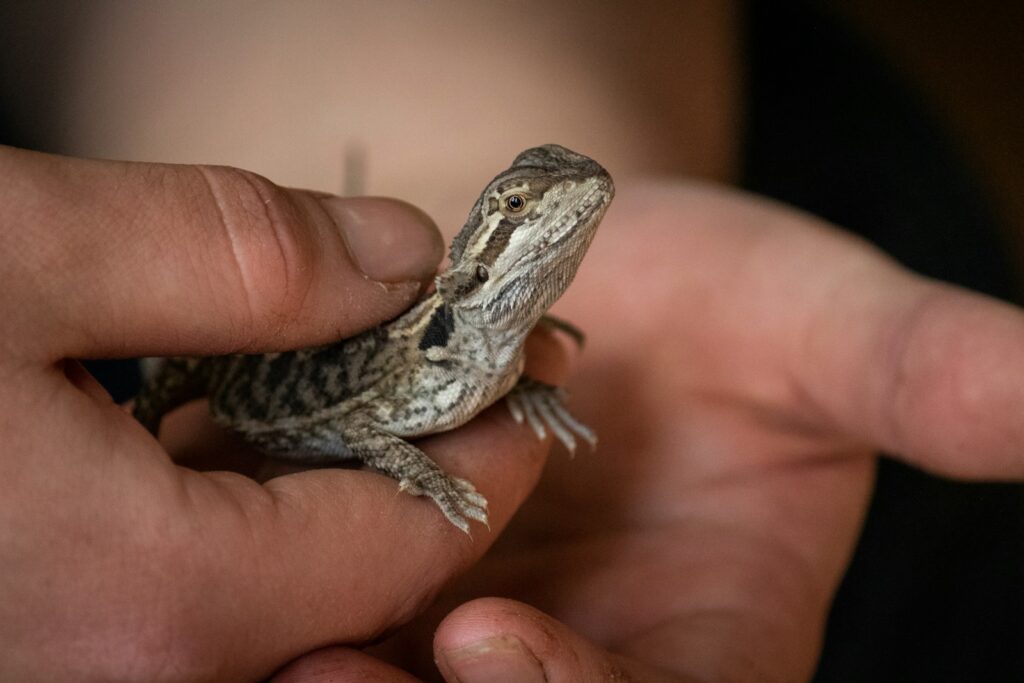
Once established, your connection with your bearded dragon requires ongoing maintenance to remain strong. Consistency remains vital—even well-bonded dragons can become wary if handling suddenly becomes irregular or infrequent. Schedule regular interaction sessions, even if brief, rather than allowing long gaps between handling. Be attentive to changes in your dragon’s preferences or comfort levels as they age, adjusting your interaction style accordingly. Senior dragons often prefer gentler, less energetic handling sessions compared to their juvenile years. Health monitoring becomes an integrated part of your bonding routine, as you’ll be uniquely positioned to notice subtle behavioral changes that might indicate emerging health concerns. This attentiveness not only maintains your bond but often leads to early detection of potential health issues, contributing to your dragon’s overall welfare and longevity.
Building Multi-Pet Household Harmony
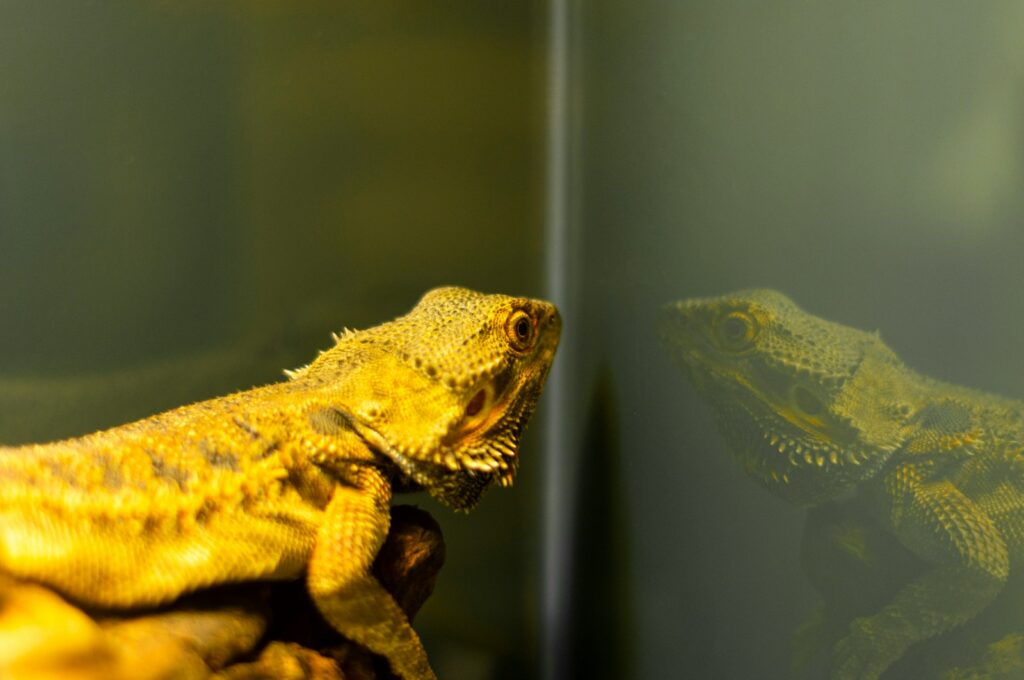
If your bearded dragon shares your home with other pets, establishing appropriate boundaries becomes an essential component of your bonding journey. Never allow direct interaction between your dragon and predatory pets like cats or dogs without complete supervision and control of the situation. Bearded dragons can perceive larger mammals as potential predators, causing stress that undermines your bonding efforts. Create a dedicated interaction space where your dragon can receive your undivided attention without disruption from other pets. Some owners successfully introduce their dragons to gentle dogs or cats over time, but this should always happen gradually with barriers initially in place. Remember that while your dragon may eventually tolerate other pets, these interactions should be carefully managed to prioritize your dragon’s security and well-being.
Building a meaningful bond with your bearded dragon represents a rewarding investment of time and patience that enhances the pet-keeping experience for both you and your reptilian companion. Through understanding their natural behaviors, creating positive associations, respecting individual preferences, and maintaining consistency, you establish a foundation of trust that can last throughout your dragon’s lifetime. Remember that bonding is not a destination but an ongoing process that deepens over time as you learn each other’s communication styles and preferences. The relationship you develop with your bearded dragon offers unique insights into reptile cognition and emotion while providing the satisfaction of connecting across the species barrier. With these seven steps as your guide, you’re well-equipped to forge a connection that transforms routine care into a meaningful relationship with one of nature’s most fascinating reptile companions.







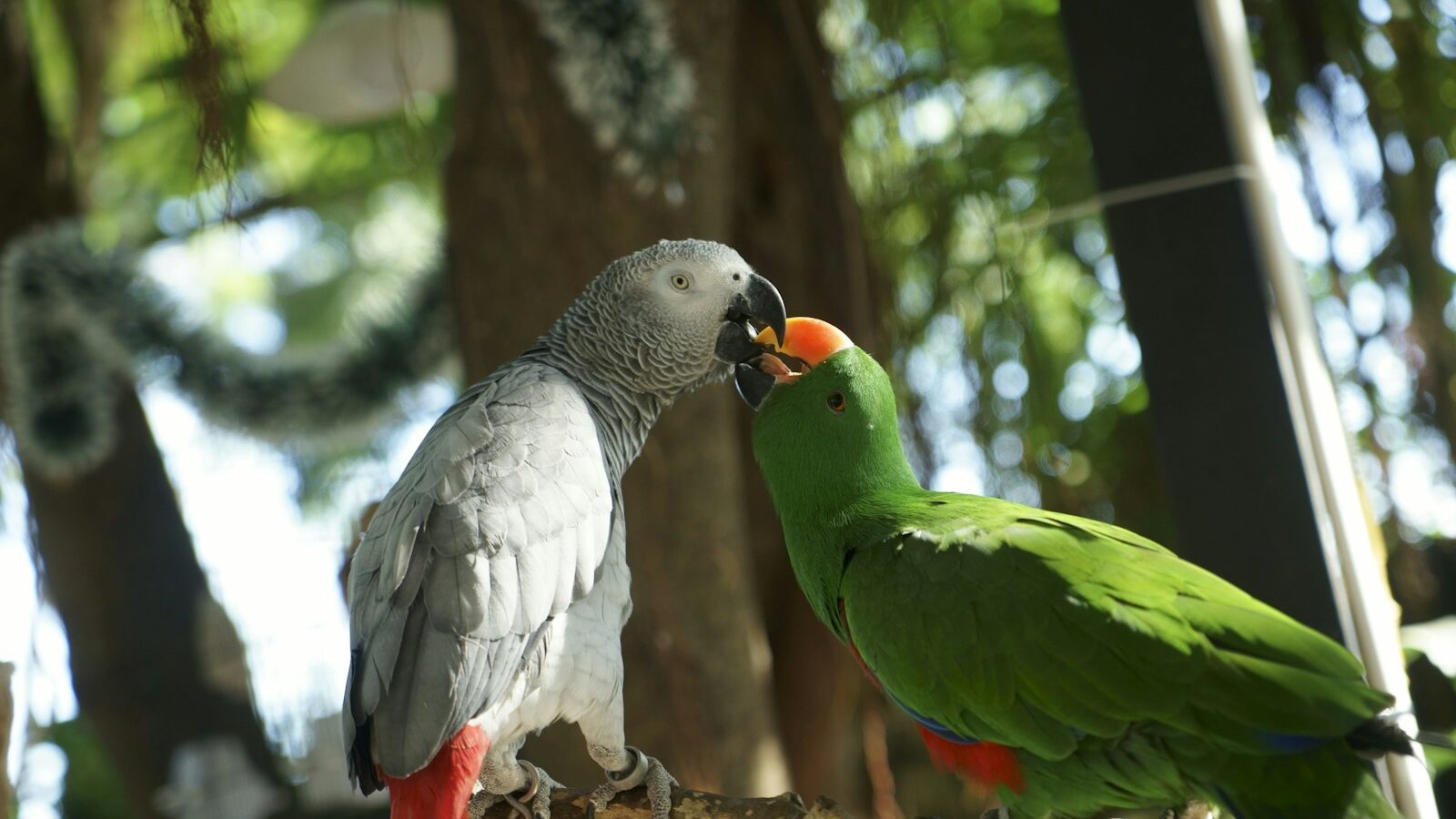
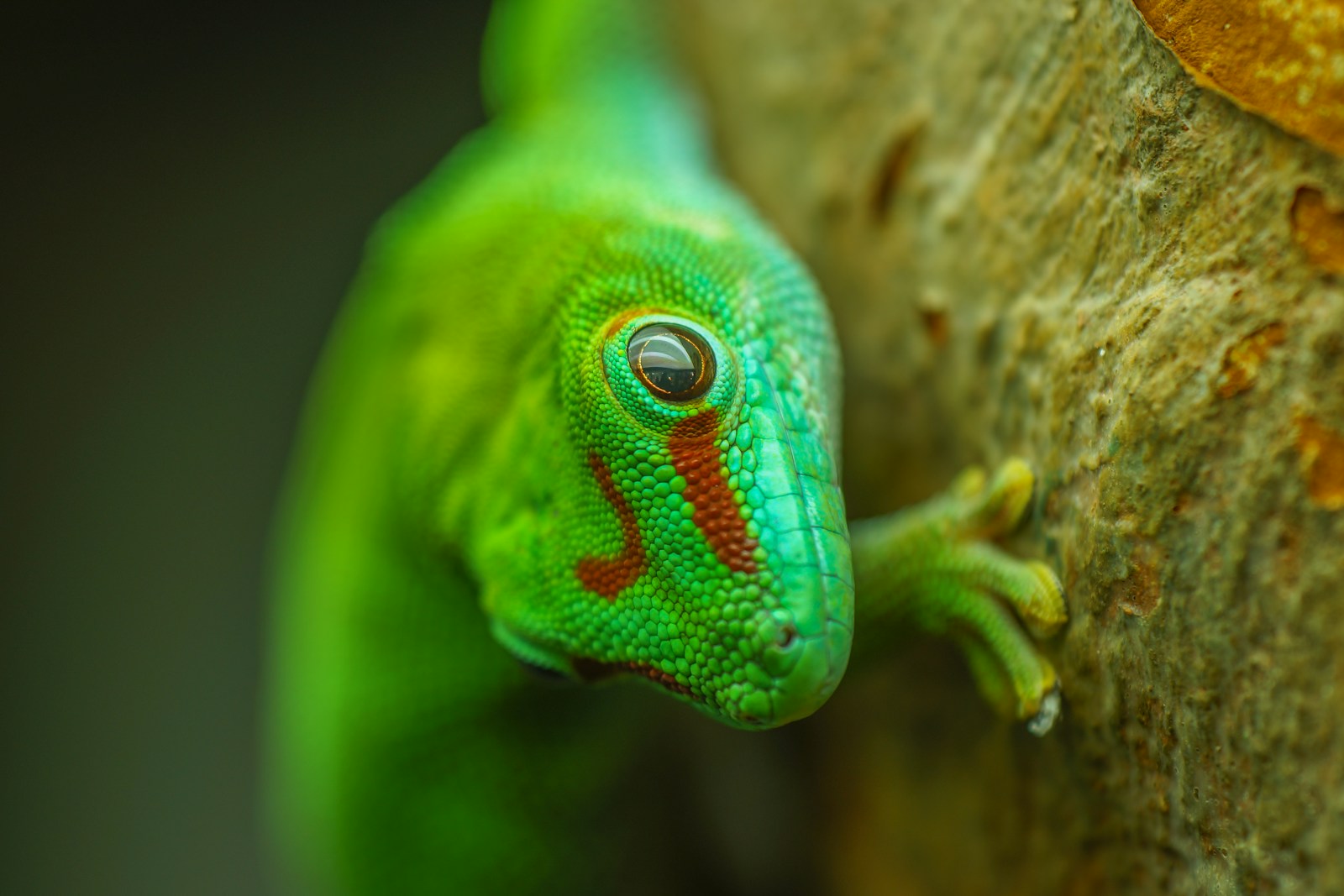
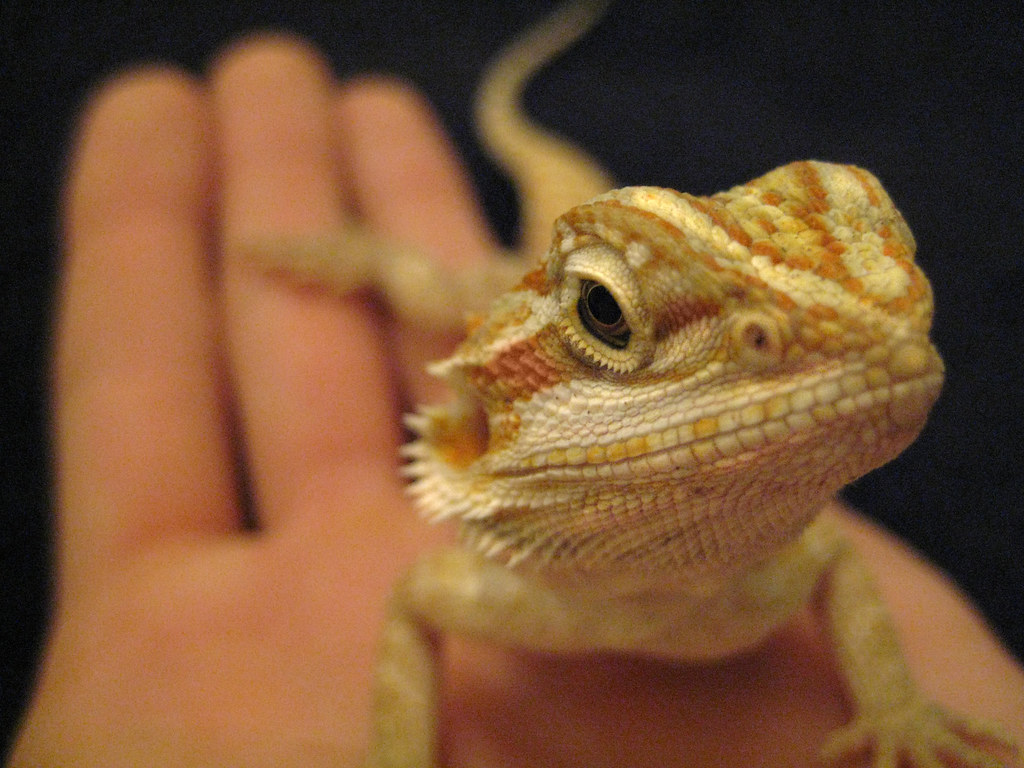





Leave a Reply